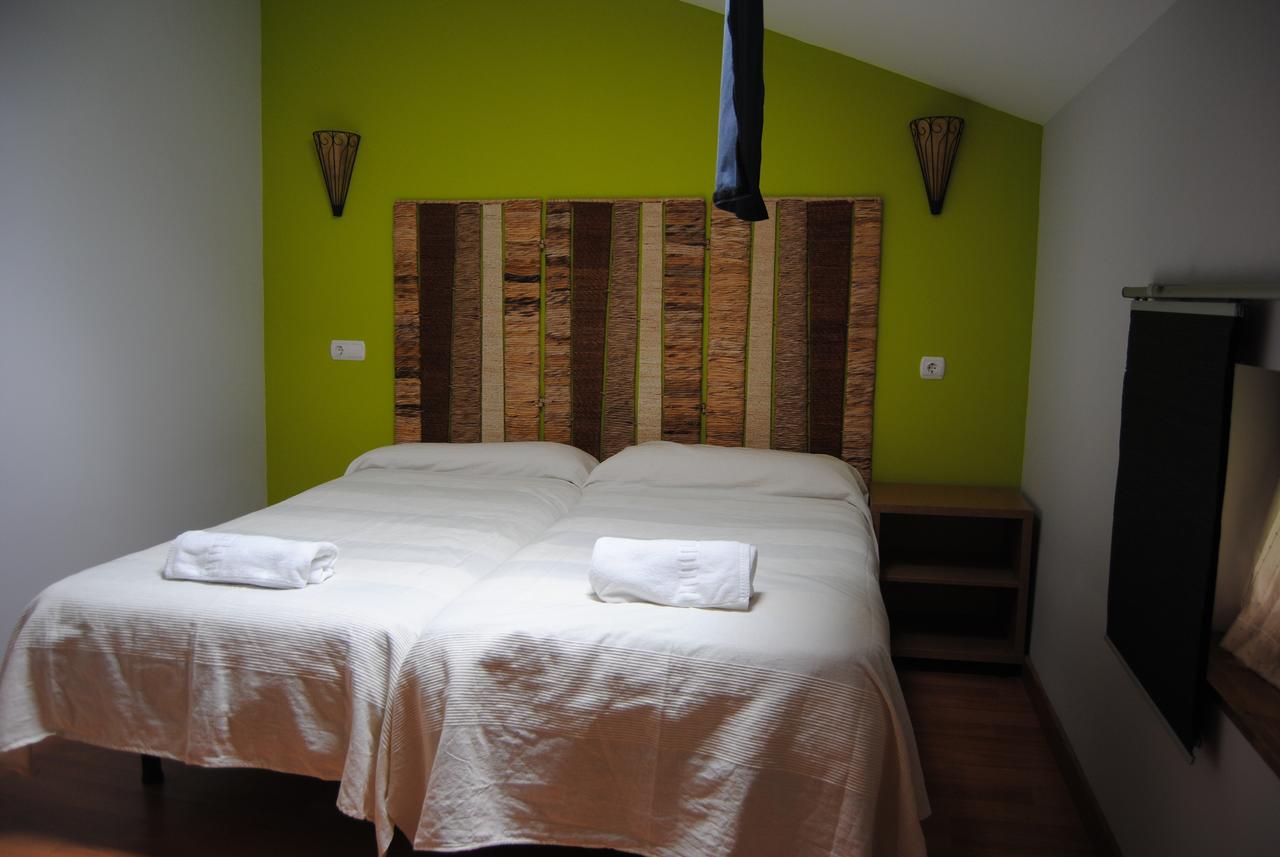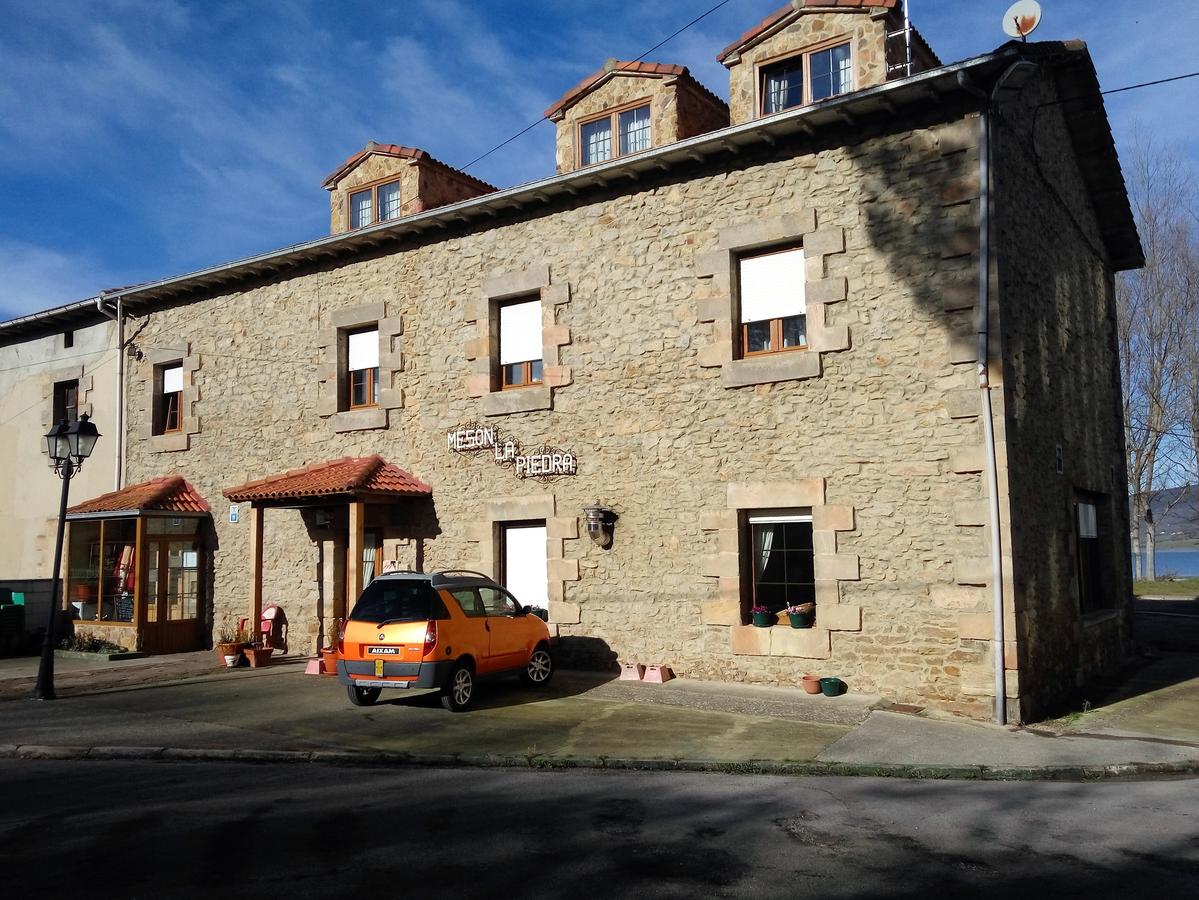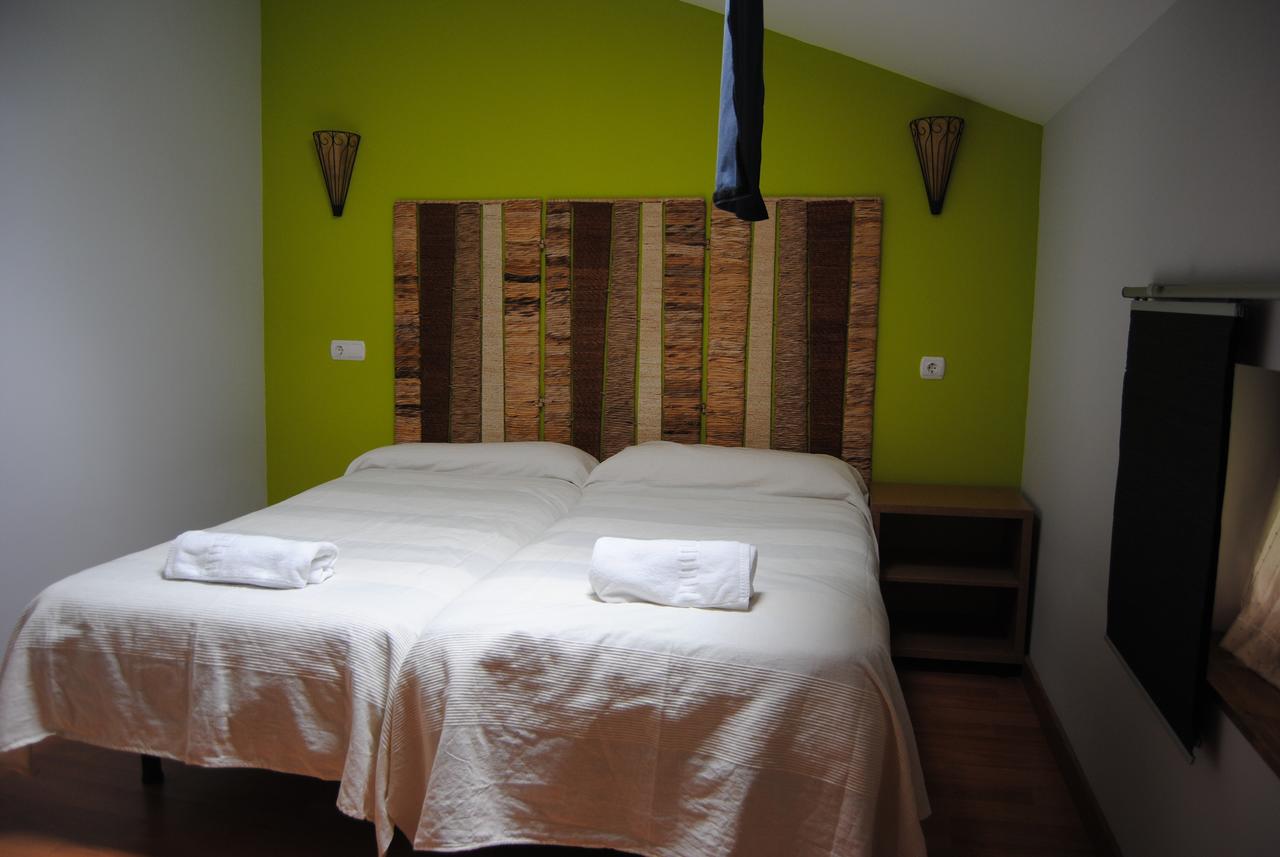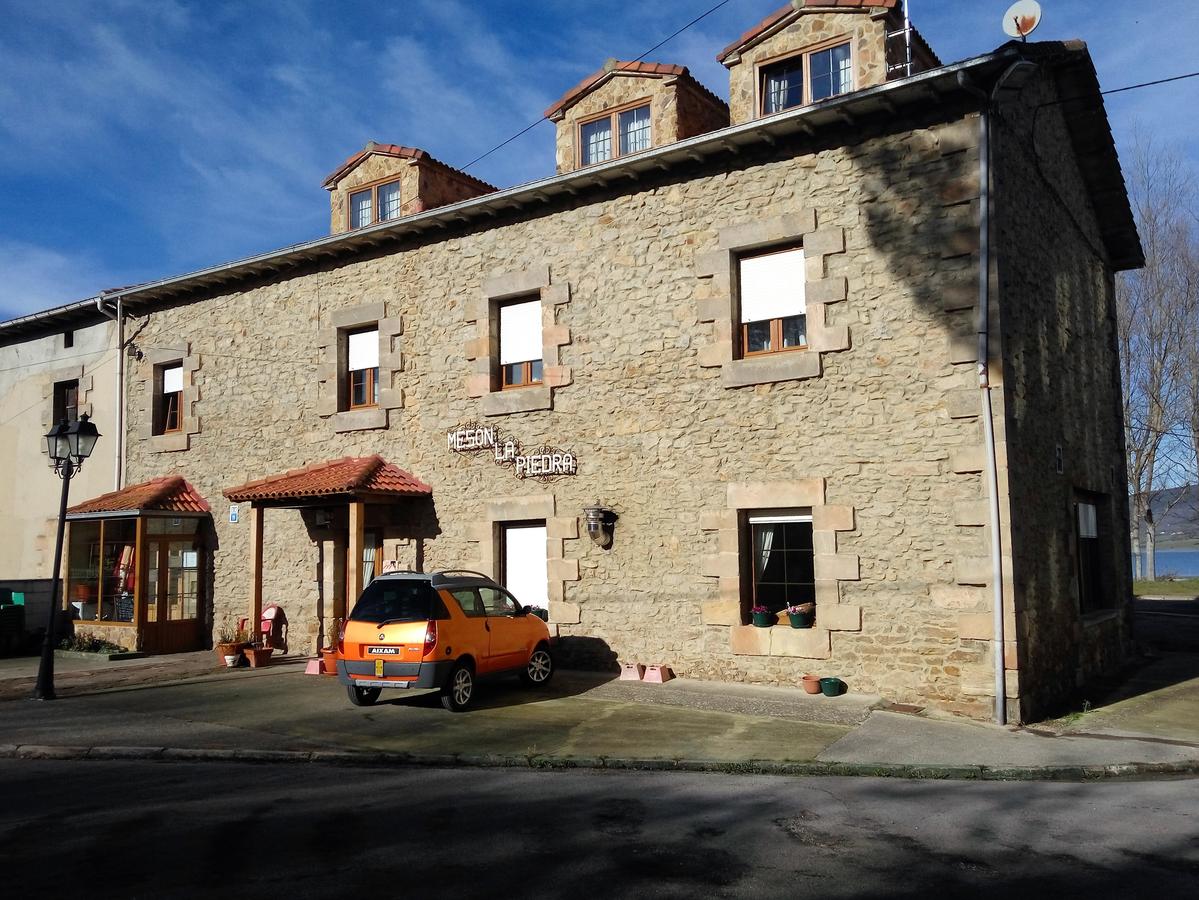- Forums
- Online Guide
- Camino Francés>
- Camino Portugués>
- Camino del Norte>
- Vía de la Plata>
- Camino Primitivo>
- Camino de Invierno>
- Camino to Finisterre and Muxía>
- Camino Inglés>
- Camino De San Salvador>
- San Olav>
- Caminho Nascente>
- Caminho da Geira e dos Arrieros>
- Camino Olvidado>
- Camino Aragonés>
- Camino De Levante>
- The Vía Podiensis>
- Camino de Madrid>
- Camino Francés
- Forum Store
- Forum Rules
- Media
- Resources
- Members

Menu
Online Guide
- Camino Francés>
- Camino Portugués>
- Camino del Norte>
- Vía de la Plata>
- Camino Primitivo>
- Camino de Invierno>
- Camino to Finisterre and Muxía>
- Camino Inglés>
- Camino De San Salvador>
- San Olav>
- Caminho Nascente>
- Caminho da Geira e dos Arrieros>
- Camino Olvidado>
- Camino Aragonés>
- Camino De Levante>
- The Vía Podiensis>
- Camino de Madrid>
install the app





